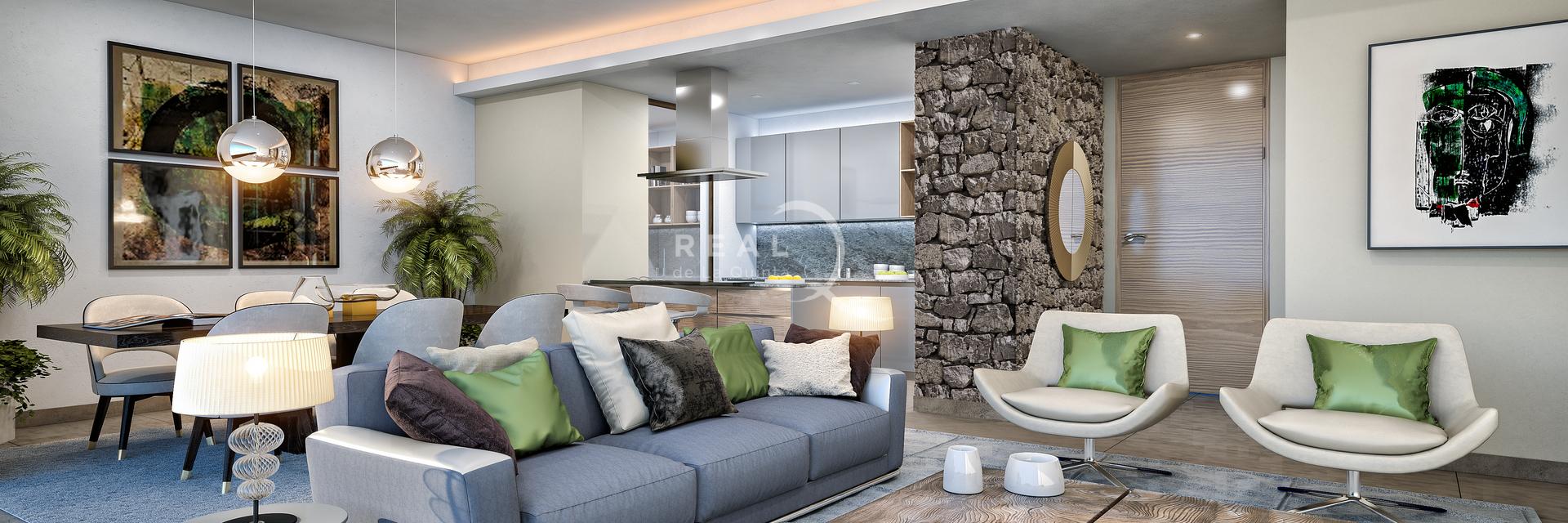
Evolution of interior design in the last decades
Interior decoration is closely related to social, aesthetic, and ideological aspects. How a home is decorated is also a way of understanding life and the context of the decade. Analyzing its evolution allows us to see how human thinking and sensitivity have also evolved over time.
Most important changes in interior design: trends of the end of the century and the new millennium
The 20th century brought about a radical transformation for humanity on several levels and also substantially changed the concept of interior space. From the end of the last century to the present, the home's rooms have reflected a change in appearance and philosophy of life.
After abandoning the pure forms and rectilinear geometry of the 1940s and the great leap made by the arrival of “modernity” in the 1950s, interior design has progressively moved from excess to minimalism.
The 20th century ended with two opposite movements. The first one, in the 1980s, was characterized by shabby chic. This trend, which originated in the great British country houses, imposed a rustic, romantic and decadent touch in many homes that highlighted the taste for the worn and the old.
Its main charm? The antiquity of the pieces, from a decorative vase to vintage curtains or a restored piece of furniture, all the elements of this trend sought to have a story.
Much more excessive and with a transgressive point was the avant-garde, also in the 80s. However, this return to gridded fabrics, highly defined geometric shapes and bright colours would be the preamble to a radically different concept of decoration.
After the “decade of excesses”, as the 80s are known, the 90s burst in with a new need for change. This is when the minimalist trends that seek balance and harmony will begin to emerge and will set the pace of interior design at the turn of the century and the millennium.
Suppose natural materials such as wood or silk and cotton textiles began to be successful in the 1990s. In that case, it is already the 21st century when these trends reach a new dimension: eco-friendly awareness.
From the 2000s until now, changes in the field of interior design have remained faithful to a more developed concept of sustainability. Rooms are no longer simply spaces but environments in which what is not seen is as important as what is seen.
The interior design of the last two decades has paid particular attention to the search for aesthetic solutions that are more attractive, functional, and efficient. In this sense, automation and home automation, key aspects in today's homes, have also boosted the versatility, comfort and safety of interior spaces.
Real de la Quinta design and technology
The houses we build at Real de La Quinta are not only designed for greater sustainability thanks to the BREEAM seal, but we have also equipped our latest homes with a main touch screen: home automation control of all the lighting in the home, both on/off and dimmed, technical alarms, blinds and air conditioning, water shut-off valves, smoke and flood detectors. And as additional security elements: a digital video intercom and pre-installation of an exterior security perimeter network.





